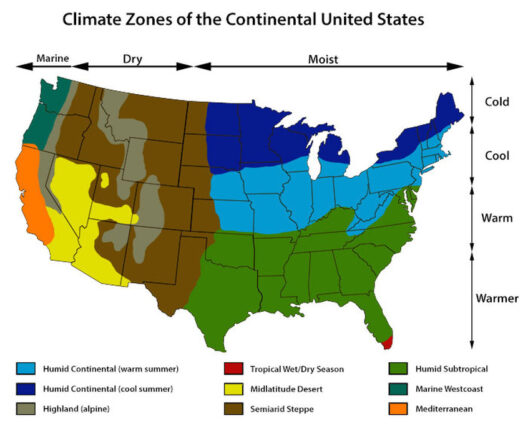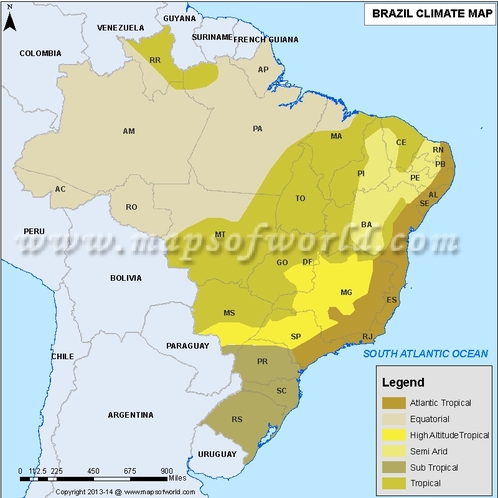Australia, known for its vast deserts, sprawling outback, and golden beaches, now faces a formidable challenge stemming from global climate change—deteriorating water supply. This situation beckons a critical examination of the intricate relationship between water resources and the warming planet. As the climate warms, countries around the globe are grappling with the rising temperatures and changing precipitation patterns, yet the impacts are particularly pronounced in Australia due to its geographic and climatic idiosyncrasies.
The intricate interplay between climate change and the hydrological cycle in Australia is a harbinger of challenges that can no longer be overlooked. Rising global temperatures lead to increased evaporation rates, decreased soil moisture, and altered rainfall distributions. Australia’s already variable climate is exacerbated by these changes, leading to prolonged droughts and intensified flooding events. These phenomena infringe upon water supply, manifesting in diminished river flows, lower dam levels, and deteriorating water quality.
As the nation moves into a hotter future, the south-east regions, traditionally more fertile and water-rich, are projected to experience a decline in rainfall. This decline could result in significant consequences for key agricultural zones, challenging food security. Conversely, Northern Australia may witness increased rainfall variability, triggering flooding during certain seasons and drought during others. The juxtaposition of these extremes complicates water management strategies, leaving myriad communities vulnerable and economically strained.
Water scarcity, a looming specter for several regions across Australia, can significantly disrupt the delicate balance of ecosystems. The Murray-Darling Basin, one of the country’s critical water systems, represents a microcosm of the broader challenges faced. With around 70% of Australia’s irrigated agricultural production relying on its waters, any major disruption resulting from climate change will have ample ramifications—ranging from decreased agricultural output to detrimental impacts on local biodiversity dependent on freshwater resources.
A profound shift in perspective is crucial at this juncture. Traditional notions of water abundance that have characterized Australian society must evolve to adopt a mindset of water stewardship and resilience. The challenges posed by climate change impel us to reconsider not only how we perceive water as a resource but also how we engage with it. The incorporation of sustainable practices, integrated water resource management, and the embrace of innovative technologies offer pathways to mitigate the impending crises.
Investments in infrastructure that facilitate improved water capture and storage can significantly bolster resilience against climate-induced water scarcity. Rainwater harvesting systems, for instance, allow urban and rural communities to maximize the utility of available rainfall. Furthermore, the rejuvenation of natural water systems through the restoration of wetlands and riparian zones plays a pivotal role in enhancing water quality, providing habitat for wildlife, and underpinning natural filtration processes.
In regions where agricultural water usage predominates, the need to adopt efficient irrigation practices cannot be overstated. Emphasizing precision irrigation minimizes wastage, ensuring that the water applied directly supports crop growth. Coupling this with crop diversification and drought-resistant varieties can yield productive and resilient agricultural ecosystems capable of withstanding the impacts of fluctuating weather patterns.
Moreover, the adoption of policy measures that address the implications of climate change on the water supply could usher in a new era of water governance. Enforcing stricter regulations on water extraction and prioritizing environmental flows within river systems is imperative for safeguarding aquatic environments. Allocating water rights based not solely on historical use but also on sustainable practices can help create a more equitable and resilient water resource landscape.
Another pivotal consideration in combatting water scarcity is the role of community engagement. Grassroots movements focused on sustainability, water conservation, and ecological restoration are essential in fostering a culture of environmental stewardship. Educating citizens on water efficiency, encouraging behavioral change, and promoting involvement in local conservation projects cultivates a shared responsibility toward resource management.
Simultaneously, advancing scientific research and technological innovation will play a vital role in paving the way toward a sustainable water future. Innovations in desalination technologies, for instance, are being explored to expand freshwater access, particularly for coastal communities. Furthermore, research into water-efficient crops and biotechnology presents promising avenues to enhance agricultural efficiency without exacerbating water stress.
Despite these potential solutions, it is essential to acknowledge that climate change is an urgent, pervasive issue requiring collective action from individuals, communities, governments, and industries alike. Building partnerships that transcend traditional boundaries can stimulate collaborative efforts aimed at addressing Australia’s water crises, fostering resilience to climate impacts.
A final contemplation emerges regarding the importance of global cooperation in combating the challenges brought forth by climate change. Water scarcity does not recognize national borders. Hence, international dialogue and cooperation on water management will not only serve Australia’s interests but also enhance global solidarity in facing one of humanity’s most pressing challenges.
As Australia embarks on what may well be a thirsty future, fostering curiosity and engagement surrounding water issues becomes imperative. The evolution of perspective from viewing water as an abundant commodity to recognizing its intrinsic value will define the path toward sustainability. The promise of innovation, the unwavering dedication to conservation, and the cultivation of a communal sense of responsibility encapsulate the essence of this transformative journey, steering Australia toward a more sustainable and resilient future.








